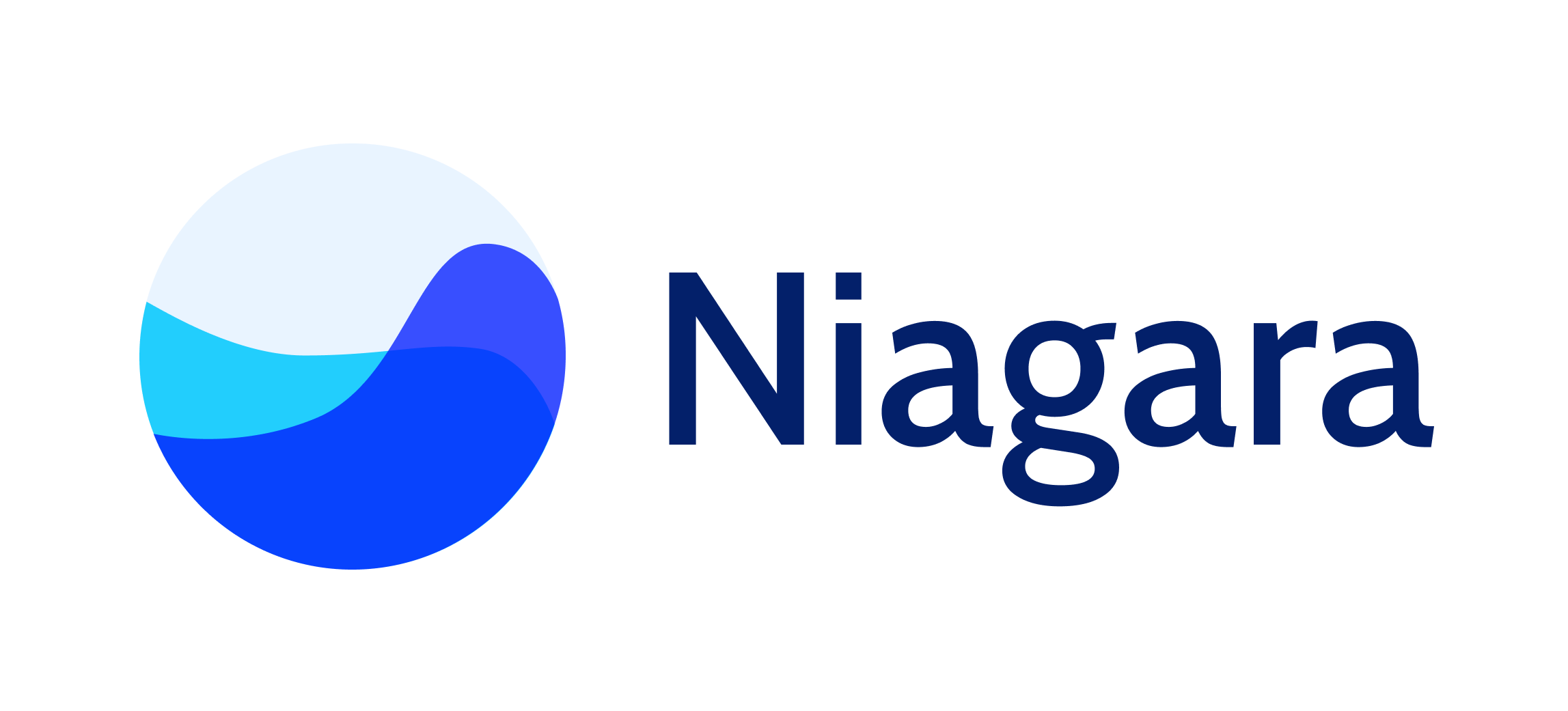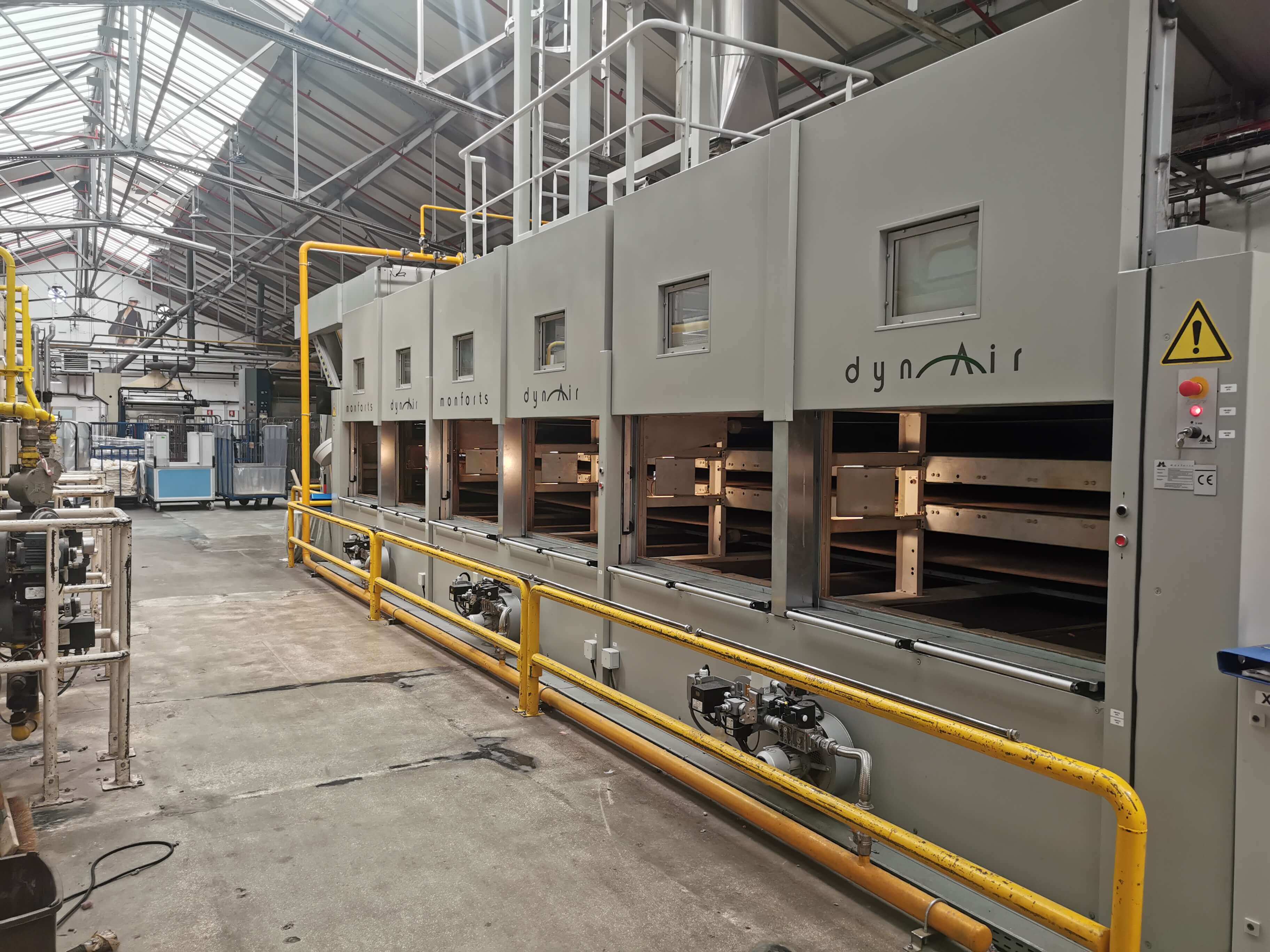What is a Digital Twin?
Digital twins are virtual copies of physical devices that data scientists and engineers can use to run simulations before the actual devices are built and deployed. Digital twins can also ingest IoT (Internet of Things) data in real time to analyze it and optimize performance, whether using artificial intelligence or not.
Increasingly complex objects are acquiring the capacity to produce and transmit data (#IoT). Benefiting from a digital equivalent therefore gives the possibility of optimizing physical deployments, creating several hypothetical scenarios, and applying Artificial Intelligence on this data to better understand how the systems work.
A digital twin is therefore a computer program that takes data from a physical object or system as input and produces predictions or simulations of how that physical object or system will be affected by changing different parameters.
What advantages?
Digital twins offer five key benefits:
- Accelerate risk assessment and production time. Indeed, digital twins can help manufacturers test and validate their products virtually before they even exist in the real world. Engineers can use them to identify process failures.
- Benefit from predictive maintenance. Factories can use digital twins to proactively monitor equipment and systems to plan maintenance before outages, improving production efficiency.
- Real-time remote monitoring by users.
- Better cooperation between teams. Process automation and 24/7 access to system information allow technicians to spend more time collaborating.
- Make better financial decisions. By integrating financial data, companies can use digital twins to make smarter, faster regulatory decisions.
What are the different types of digital twins?
There are several categories of digital twins. IBM offers a classification system based not on the industrial vertical, but on the complexity of what is being mapped. Here's a look at the wide range of what digital twins can do for you:
- THE component twins (or parts) which simulate the smallest possible example, i.e. a component in action.
- The active twins simulate two or more components working together and allow you to study their interactions.
- System twins allow you to see how multiple assets work together, such as an entire production line.
- Process twins provide a high-level view of the systems working together, allowing you to understand how the entire plant can operate.
It should be noted that adding more ingredients to the mix adds complexity. For example, mixing and matching components from different manufacturers can be difficult, because you will need each person's intellectual property.
Some examples of use cases:
Improved manufacturing quality - ie understanding how to reproduce the famous "right first time", predictive maintenance, monitoring the life cycle of your production, etc.
Let's take a concrete example in the automobile industry, Ford.
Ford is developing seven digital twins for every vehicle model it produces.
Each twin covers a different aspect of production, from design to construction and operation.
They also use digital models for the manufacturing process, production facilities and customer experience.
For their production facilities, the digital twin accurately detects energy losses and identifies areas where energy can be conserved. It also analyzes the overall performance of the production line.
And in the future?
The digital twin is constantly learning, thus being able to anticipate and predict what can/will happen.
Without being too mistaken, we can clearly talk about metaverses as the future of the digital twin. If we listen to the Meta advertising broadcast on repeat at the end of 2022, it tells us about agricultural simulations to save water, traffic to make cities more fluid, etc…
If we think further, each person could in the future have their digital twin. Indeed, we could, for example, test vaccines in a much more efficient way, predict the arrival of cancer based on different parameters such as diet, genetics and be able to avoid it, etc.
In short, we are only at the beginning!



